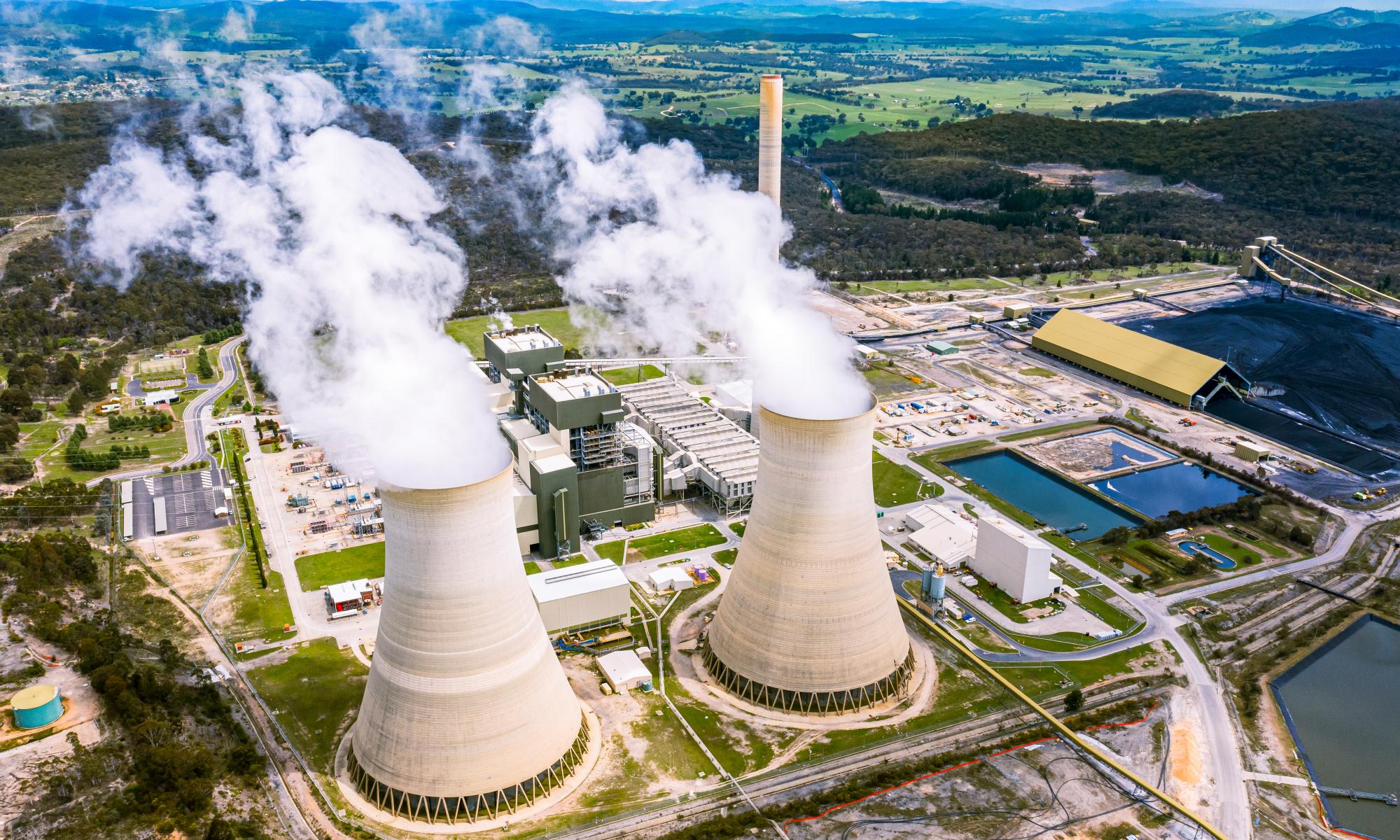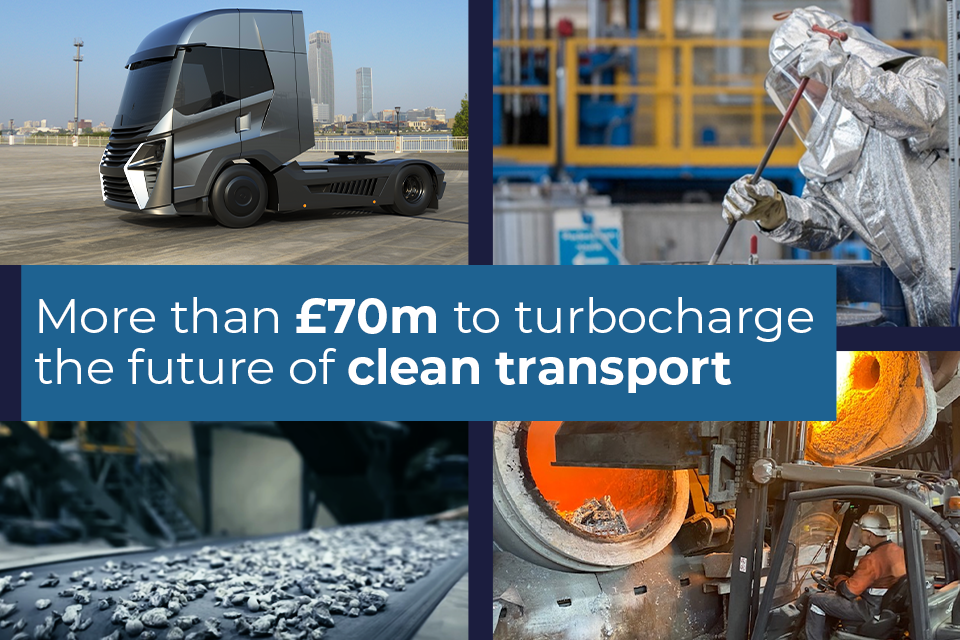Australia’s electricity networks are going through a revolution, with massive solar and wind farms, huge batteries and new hydro-electric plants pushing out coal and gas.
If necessity (read: the climate crisis) is the mother of invention, then getting our energy without burning fossil fuels is the only idea on the drawing board.
In Queensland yesterday, the state government revealed a plan to stop burning coal in its eight public-owned power stations by 2035, converting the sites to renewable energy hubs. Queensland is the biggest emitting state in Australia, so what happens in that state matters a lot to the country’s efforts to meet climate targets.
But for the former resources minister and Queensland Nationals senator Matt Canavan, this transition would result in an “absolute train wreck on our energy system” and he put Queensland’s plan down as “more spin”.
“We have invested far too much in unreliable renewable energy,” Canavan told Andrew Bolt.
Except Queensland’s plan to have 70% renewable electricity by 2032 is exactly in line with where the Australian Energy Market Operator (Aemo) expects the state’s power supply to be. That expectation comes in Aemo’s plan for the most optimal and reliable electricity market in the future, devised from consultations with the energy industry and consumers.
Canavan claimed that “renewables are not going to cut it” and in Gladstone, he said heavy industry needed saving from the plan to move away from fossil fuels.
That’s odd, because Queensland’s biggest electricity user – Rio Tinto, with its alumina refineries and smelter in Gladstone – has already said it wants to power its operations by renewables by 2030.
Turning up the scare rhetoric well past 11, Canavan told Andrew Bolt that Europe’s energy crisis was all down to too much investment in renewables that would lead to people dying from cold this European winter.
“We are throwing people to the slaughter here,” Canavan said.
But Europe’s energy crunch is mostly down to spiralling gas prices caused by Russia’s invasion of Ukraine. In Australia, rising electricity prices have also been linked to the increasing costs of gas internationally – a trend that was in place well before Putin’s invasion.
A firm no
The Nationals leader, David Littleproud, also said this week that claims “renewables and batteries can do it all” were false. And he’s right, of course – but no serious electricity system expert is making that claim.
“Even [the Australian Energy Market Operator] will tell you that,” Littleproud said.
“You need this thing called firming. And the firming can only come through coal fired power stations or gas,” said Littleproud, adding the now obligatory rejoinder for the Coalition that “small-scale modular nuclear” could also work to stabilise the electricity network.
So what’s firming? There is no definitive definition of the term, but it is generally understood as any source of electricity in an energy system that can be available at any time.
But is it true that only coal and gas can perform this role? The answer is a very firm no.
“That is certainly not the case and Aemo essentially spells that out in its latest system plan,” says Dylan McConnell, an energy systems expert and honorary research fellow at the University of Melbourne.
“There’s a range of technologies, not just coal and gas.”
Already, McConnell says batteries and hydropower plants are being used in the electricity market to firm intermittent sources of electricity like solar and wind.
Aemo says no, too
AEMO’s most recent plan for the future of the electricity market sets out how the system is likely to change over the next 30 years.
Coal generation disappears completely by the year 2043. By 2050, AEMO expects more efficient and responsive gas plants are available to provide 10GW of electricity.
But this is dwarfed by 61GW of available electricity stored in batteries, hydro plants and behind-the-meter energy sources, like residential solar linked to even more batteries.
According to Aemo’s plan, by 2050 there will be a trebling of “the firming capacity from alternative sources to coal that can respond to a dispatch signal, including utility-scale batteries, hydro storage, gas-fired generation, and smart behind-the-meter ‘virtual power plants’”‘.
McConnell says as the electricity grid rapidly evolves to accommodate renewables, coal and nuclear (even if the latter existed in Australia, which it currently doesn’t) become much less economical, as these electricity sources need to be running most of the time to recoup the high capital costs to build them.
Carbon captured
The Nationals leader said there were four coal-fired power stations in his electorate, and one – at Millmerran – was “the first to invest in carbon capture and storage”.
“We have actually drilled the hole ready to be able to abate our carbon from this coal-fired power station,” he said.
While it’s true holes have been drilled (actually, two test drills have taken place) they are not at the site of the power station, but 260km away. Any CO2 that might be captured at the site, according to information from Glencore (who is running the CCS project), will be trucked from the power station to the company’s tenements.
But as this column has previously written, that project – even if it gains approvals and starts to operate at full capacity – will only be able to capture about 2.1% of the power station’s annual emissions, leaving more than 5m tonnes to be released into the atmosphere each year.
That’s a lot of unabated emissions.


